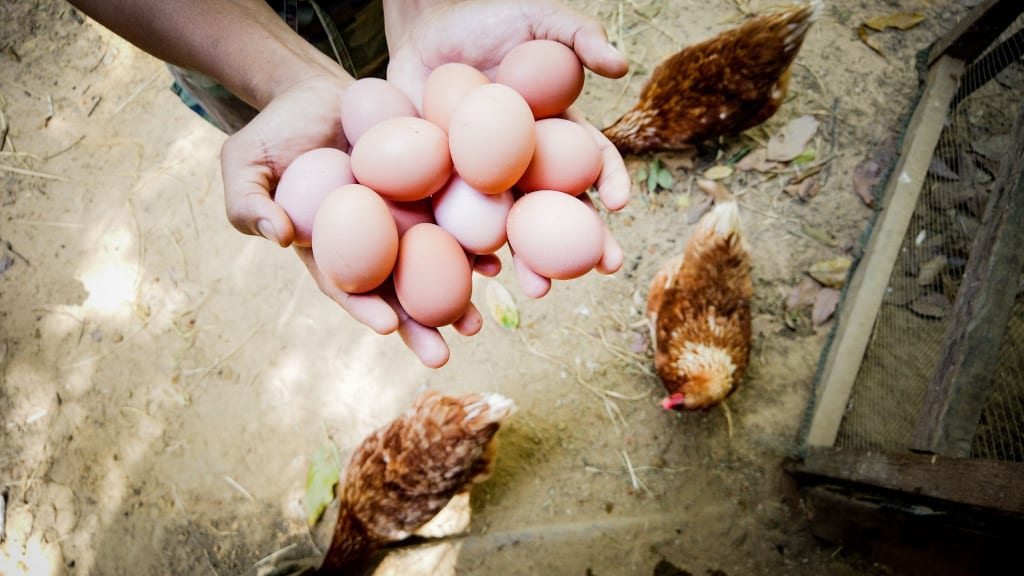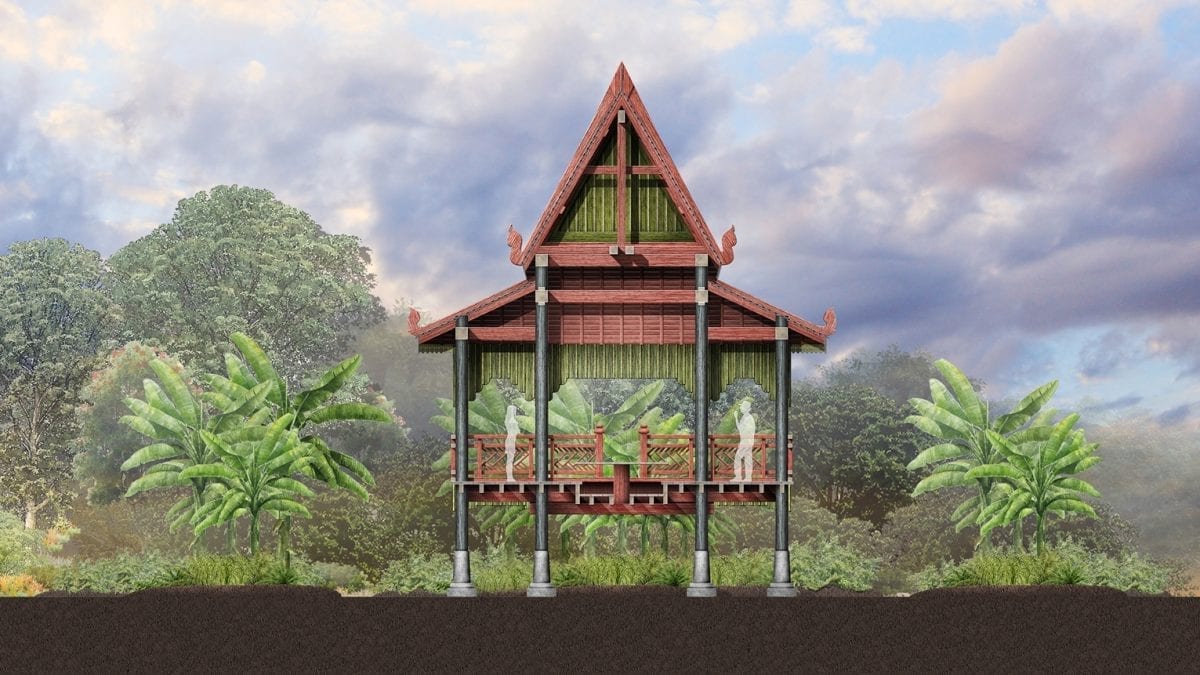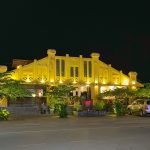Farm to Fork : Shinta Mani Supports Locals
In order to ensure they were providing the very best quality produce available for their guests, Shinta Mani Hotels created their first experimental sustainable organic model farm in the early 2000s. The two-hectare (4.942 acre) farm in Takos Village was located 21km (30 minutes) from the Shinta Mani Hotels in Siem Reap.
Initially the farm was used to test varieties of traditional Khmer crops to see which ones were best suited to the growing conditions. This was done without the aid of pesticides and an excess of fertilizers, instead using age old practices of specific seed selection combined with crop rotation and natural pest repellents such as planting marigolds or using citronella extracts.
The farm modelled the brand’s sustainable and ethical farming practices that the Foundation teaches to local families through their Home Garden project, in order to educate and inspire local villages to eat healthier, sustainable produce. Farming is essential to Cambodian life with over 80% of villagers in rural areas working in the industry. Cambodian farmers are among the poorest segment of the population and farming is tough, hot, hard work resulting in small returns. Small holder farmers are increasingly unable to provide for their families and are also unable to access educational opportunities available to young urban individuals.

The Foundation team research new seed stock and growing techniques that can be taught to Cambodian farmers to support their communities, creating a programme that is a win/win for all involved. Farmers will earn better returns on their crops and the hotels will have fresh, locally grown produce for their guests.
Both farms will have Mekong style houses to accommodate the respective Farm Managers. Well water is used for irrigation in Siem Reap and at Shinta Mani Wild, rainwater is collected and stored for use in the dry season. Cooking classes at all hotels utilise fresh produce from the farms with a special farm-based cooking class facility being built in Siem Reap.
Siem Reap
Due to the success of the original farm and the rise in popularity of the ‘farm to fork’ concept in hospitality, a new plot of land has been developed in Doun Ounn Village, 27 km (40 minutes) from the hotels, covering 4 hectares (9.884 acres), doubling the size of the previous farm.
Managed by a team of three local employees, crops grown include a variety of tomatoes and lettuces, basil, bok choy, okra, corn, spinach, spring onions, bitter gourd, asparagus, eggplants, mushrooms, cauliflower, beans, zucchini, citronella, morning glory, cucumber, pumpkin, moringa, pineapple, dragon fruit, melons, papaya and sugar cane. Harvested crops are used in the Shinta Mani Hotels as well as sold to other hotels and the community as well as being used in the Staff Canteen.
Back in Siem Reap the team have created a rooftop herb garden at the Shinta Mani Angkor boutique hotel. The 120 sqm rooftop garden grows herbs that are used in the restaurants and bars at the 3 hotels. Herbs grown include chili, cilantro, garlic, lemongrass, turmeric, mint and holy basil.
Bensley Collection – Shinta Mani Wild

At Bensley Collection – Shinta Mani Wild in the Southern Cardamom National Park, sustainable forest foraging is one of the Executive Chef’s daily activities. Due to the luxury camp’s unique and extremely remote location, his best ingredients are literally at his feet in the middle of the jungle which is his natural Cambodian larder. A popular guest activity is to join Chef and our resident naturalists on their daily foraging rounds and select items for him to include in dishes for them back at the camp.
A large organic farm and free-range chicken run to supply eggs has been created, including specially designated vegetable and herb gardens, a cocktail and spa garden and a plant nursery area. This will support the camp’s commitment to sustainability and being truly locally sourced with as much of their produce as possible coming from local and small farmers, only importing what they need and cannot find locally.
The farm is located within the Camp’s vast acreage on a site specifically chosen so it was not in the wilderness part of the property, but near the staff village and property boundary with the village where it will have a minimum impact on the wild lands. Once the farm is well established, any surplus from harvests will be used in the Siem Reap properties or packaged for sale. There will be dedicated composting barn for kitchen waste management.
When building the farm, leftover materials from the construction period were used that were no longer needed and would otherwise have been disposed of. No chemicals or pesticides are used in the farm and marigolds have been planted between crops, creating a picturesque and effective insect repellent.
For more information, visit: www.shintamani.com.





